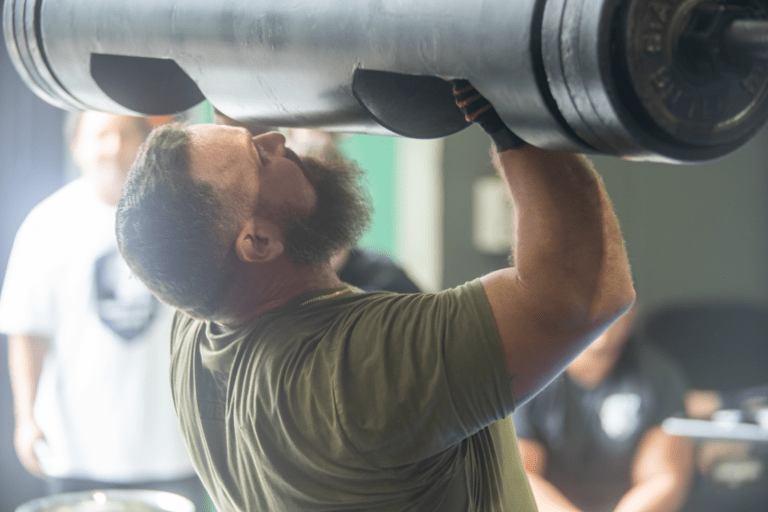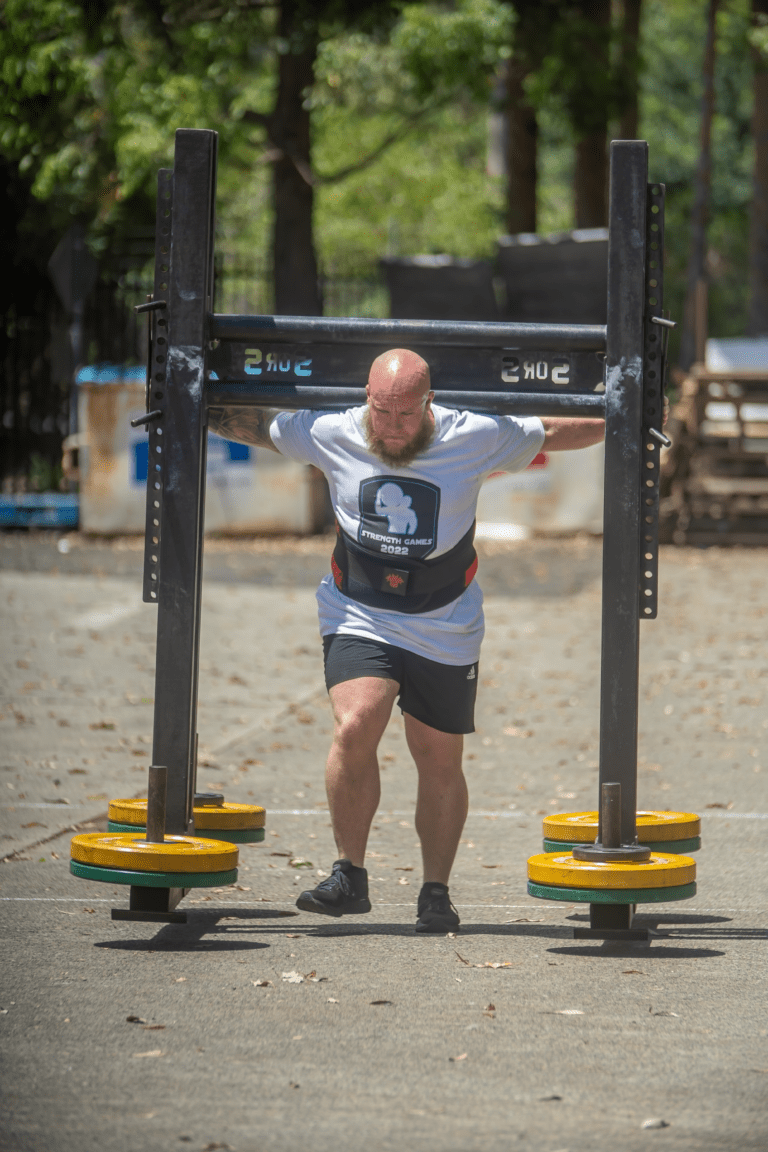What Is Explosive Power and Why is it important?
The simple definition is explosive power is an individual ability to exert maximal force in minimal amount of time. In athletic terms it allows you to accelerate faster, hit harder, jump higher and perform at a higher level in your chosen sport.
Developing explosive power and reactive ability requires the athlete to do two things, build speed–strength, while also building maximal strength. A power athlete must become stronger and at the same time, faster. The majority training is combination max effort exercises to increase the absolute strength potential of the muscles, while training with resistance explosively will lead to improving speed, neural adaptations occur which teach the fast twitch fibres in the muscles to fire in unison at a faster rate.
A popular technique for this is the use of plyometrics, an example I will use is the depth jump. The athlete to fall from an elevated surface (usually a box) and upon landing, immediately jump upward in under 0.2 seconds. This activates the stretch shortening cycle, which is a reversible muscular action, there are a variety of single leg, double leg and lateral jumps used in lower body plyometric training and are utilised depending on the sport being trained and the proficiency of the athlete being trained.
Developing absolute strength is achieved by training at a controlled constant velocity while building maximum velocity the resistance significantly reduced.
How do you build explosive strength in your training?
There are two ways to achieve this. One method is the max effort method and the other is the contrast method.
If your task is to jump and dunk a basketball, to first overcome your own bodyweight you require strength needed to reach the basketball rim which is ten foot high. Highly successful Russian strength coaches Yuri Verkhoshansky and A. Bondarchuk would use a heavy-light system. Their system calls for a 90 percent plus weight to be lifted, pulled, or pushed isometrically, then immediately following the heavy load , you explosively lift a load of 30 to 40 percent. This is the contrast method.
Maximal effort method is superior to all strength methods for improving both intramuscular and intermuscular coordination.
The max effort method yields largest strength gains. The body must adapt to the added specific demands placed upon it. This causes the most muscle units to be activated and fire in unison, according to V. M. Zatsiorsky.

Low Volume, Maximum Effort
Volume is low on max effort day; special exercises make up 80 percent of the training load on both days. An athlete who is strongest and is of identical weight will jump higher or longer if both have the same athleticism.
That takes care of maximal strength for this method, speed strength must also be improved. In athletic performance, max strength, speed-strength and explosive will all interact at some point during play. All three have their specific roles in sports movements.
Speed strength is trained at intermediate velocities, 0.8 m/s.
Speed- strength must be trained to ensure development of producing speed against resistance.
Using rubber bands for accommodating resistance is a must for compensatory acceleration training, known as CAT training. The resistance must be accelerated through its entire range of motion, which is impossible without attaching rubber bands to the barbell due to your posture strength curves. Remember there are two methods to break a sticking point. One is to train at or near your sticking point; the other is to develop more speed to go through it. Bands have two advantages. There is a faster overspeed eccentric phase which creates a greater kinetic energy, producing a stronger rate of reversible muscular action, which brings us back to the stretch-shortening cycle discussed early in the plyometric depth jump.
The bar resistance in explosive training must be less than speed strength training due to higher bar velocity.
The combinations of resistance methods is used for explosive strength training, a combination of barbell weight and band tension produces the greatest results. Keep in mind training a fast rate of force development, the experts suggest not to exceed 60 to 70 percent of 1rm. Bar speed matters!

Where Do I Go From Here?
Give these methods a go and find which is best suited to you as an athlete and test them in your individual training program and see which method is right for you and your athletic goal.
Use the technology available to you and get assessed by proper strength and conditioning professionals who can assist you by interpreting the performance data and prescribing a customised training program which addresses your strengths and weaknesses and will ultimately make you perform better in your chosen sport. Here at Lift 3, we have all the tools you will ever require becoming a champion.
Mike Davis
Coach
Lift3 Gym and Physiotherapy

